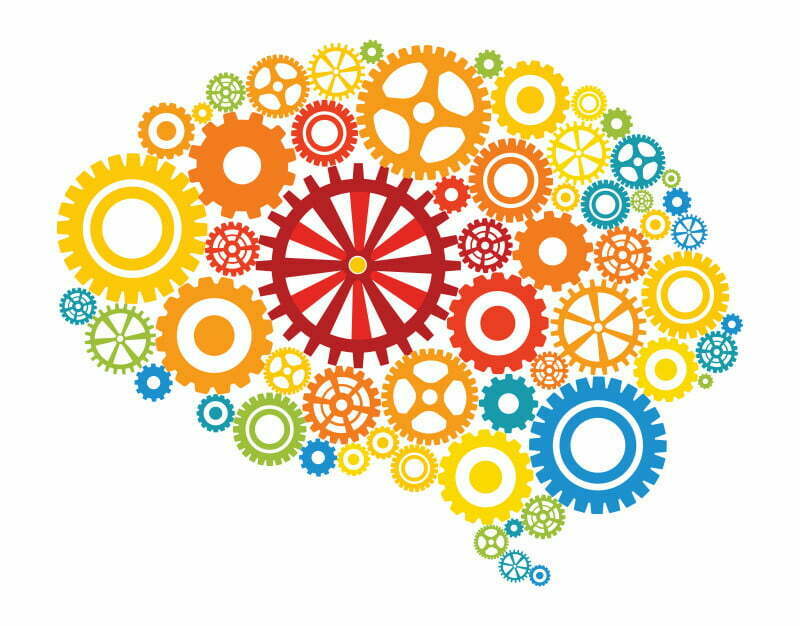Researchers have recently discovered a new mechanism for storing information in synapses and a means of controlling the storage process. The breakthrough helps clarify the mystery of the molecular mechanisms of memory and learning processes. The research appears in the journal Nature.
Communication between neurons passes through more than one million billion synapses, tiny structures the tenth of the width of a single hair, in an extremely complex process. Synaptic plasticity, by which synapses adapt to neuronal activity, was discovered nearly 50 years ago. Since then, the scientific community has considered it to be a vital functional component of memorisation and learning.
This new research has helped scientists better understand the basic mechanisms by which information is stored in the brain. Researchers used a combination of techniques based on chemistry, electrophysiology and high-resolution imaging to develop a new method to immobilise receptors at synaptic sites. This method successfully stops receptor movement, making it possible to study the impact of the immobilization on brain activity and learning ability. It provides evidence that receptor movement is essential to synaptic plasticity as a response to intense neuronal activity.
Researchers also explored the direct role of synaptic plasticity in learning. By teaching mice to recognize a specific environment, they show that halting receptor movement can be used to block the acquisition of this type of memory, confirming the role of synaptic plasticity in this process.
The discovery offers new perspectives on controlling memory.
Paper: “Hippocampal LTP and contextual learning require surface diffusion of AMPA receptors”
Reprinted from materials provided by CNRS.

